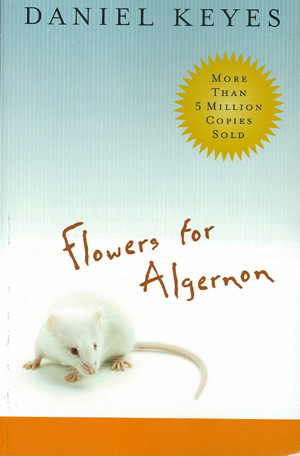The title gives away the ending—Die with Zero is a book about maximizing your financial resources, such that there ought to be nary a cent left by the time you move to the farm upstate to hang out with the rest of the family pets. It’s provocative, as the idea goes against the vast, vast majority of financial advice in making sure to save enough1 for retirement, either for the next generation or just to pay for increasing healthcare costs that naturally come with age. The author takes this idea two steps further, by encouraging their readers to spend more before retirement and make the most out of their money younger.
On the surface, the idea of spending till there’s nothing left isn’t completely outrageous; if you could predict exactly when you’re moving on from this life, it’d be easy enough to work backwards from that end date and amortize how much to spend from your savings from now till then. Though obvious, it bears repeating that dead people have little use for money2, so making use of your finances while still alive is an optimal strategy.
It’s worth noting here that there’s a relatively small set of folks that this book is realistically reaching. Most Americans don’t have enough saved by retirement to lavishly spend either before or after retirement age, and it’s no longer unusual to work beyond the designated retirement ages—between 65 and 67—because of that lack of savings. It certainly doesn’t help that the author made his fortune in hedge funds, plays poker professionally, and is known to enjoy an opulent lifestyle. The handful of personal examples he includes in the book aren’t exactly wouldn’t exactly be relatable to those not in the ultra-high net worth crowd.
But he makes some good points. Most retirement calculators project some constant amount of annual retirement spending3 based on current savings, continued savings rate, and market returns; they generally don’t account for the fact that spending patterns in old age can look very different compared to previous decades, primarily due to declining health. Specifically, healthcare costs tend to go up, while adventures and travel decrease by the same token.
So it stands to reason that some things, especially when they’re expensive, are best experienced when your body is physically capable of participating and enjoying them. The author introduces this idea of a “memory dividend,” whereby the act of recalling an experience itself has some value, some amount of happiness derived from nostalgia and remembrance. There is some tangental science behind this idea: neuroscientists have agreed that pictures help jog our memory and the emotions attached to that memory, which is one of the reasons why we all like taking pictures to commemorate vacations and important life events. It stands to reason, then, that having memories earlier provides more opportunities for subsequent embellishment through the years.
On the tricky unpredictability of the timing of death, the author suggests looking at financial products like insurance policies and annuities and reverse mortgages designed to smooth out the twilight years of life. Then on the subjects of legacy-building, charity, and inheritances, he suggests that wealth can be earmarked for those purposes before the end; he points to famous philanthropist Chunk Feeney’s model of giving away all his money, throughout the past 4 decades, as the gold standard in how to fully experience that altruistic impact while still alive.
All that said, very few people are clamoring to follow in his footsteps and pledging to, well, die with zero. Some of it is ingrained cultural momentum: there are many examples of the spendthrift and the miser, and in-between may lie the FIRE crowd, but few have made the spend-a-bit-more-than-your-means strategy work. The lack of participants also means that there’s few financial products targeted to this set of folks; they’re either tailored towards the rich preserving and extending their wealth through generations, or middle-class retirees looking to not entirely run out of money prematurely. I get the feeling that the author wouldn’t partake in most of the suggestions he throws out in the book, given that he’s worth enough to not worry about money running out in his lifetime.
Ultimately, I do give credit to Die with Zero for approaching questions of wealth, retirement, and death earnestly. It’s still a contrarian take on how to think about when and how to use money, but one that legitimately has some logic and reasoning behind its recommendations. I personally wouldn’t be looking to drain my bank accounts for extraordinary adventure anytime soon, but I have gained renewed appreciation for the value of time and when to exchange money for a tad more.
Incidentally, Financial Independence, Retire Early (FIRE) movement emphasizes this idea of saving enough to retire earlier, through relying on investment returns and maintaining a principal base to draw from indefinitely.↩
Though I guess if you’re Chinese, you may want some Joss paper, in which case the USD → Joss currency conversion rates are quite favorable.↩
Some have added a small percentage decrease in spending, which is an improvement but still not realistic.↩



